This Is the Best Paint for Dark Rooms — 6 Shades Interior Designers Swear By for Light-Limited Spaces
Discover the tried-and-tested paint shades that interior designers always turn to when decorating dark rooms

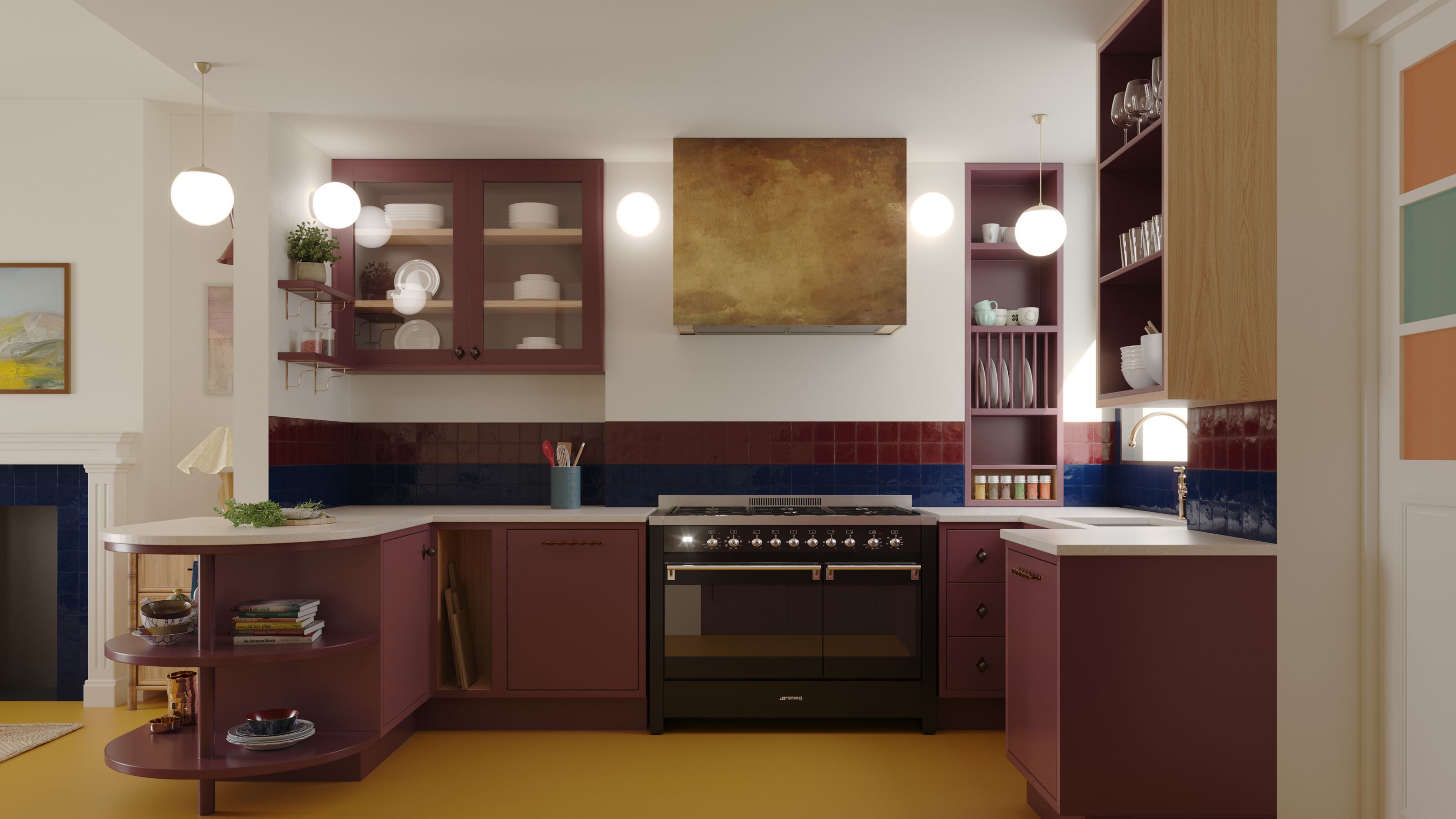
Finding paint for dark rooms can feel like a daunting task, with ample natural light often seen as the most desirable starting point when decorating. But with the right paint color on the walls, even the darkest of rooms can boast endless design interest and a welcoming feel.
In dark rooms, you can either embrace the lack of light with dark and moody paint colors (which helps to make the space feel snug and cozy) or you can use light neutrals to add brightness and help the space feel more open.
Whichever way you're inclined to go with your paint color ideas, the key is to choose shades with warm undertones to ensure the space doesn't feel drab. Below, we've rounded up interior designers' favorite paint for dark rooms to help you on your way, from bright whites to much bolder hues.
1. Fresh Whites
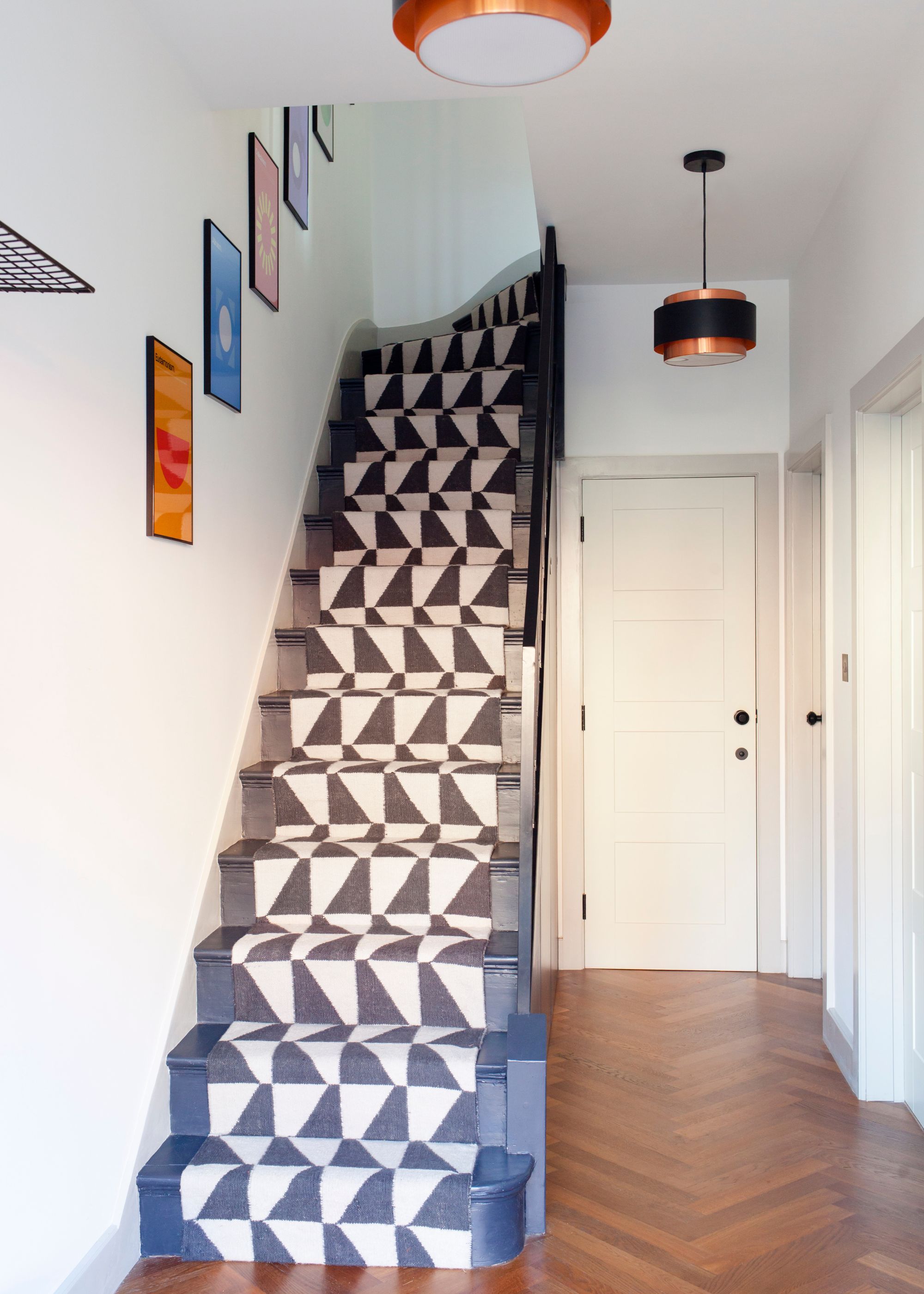
While designers often favor rich and moody colored paint for dark rooms to lean into the coziness, white can be just as effective. White paint adds brightness and helps counteract the limited light, but choosing the right shade of white paint is key.
"Dark rooms with minimal natural light can benefit greatly from warmer white paint colors like Simply White OC-117," explains Arianna Barone, color expert at Benjamin Moore. "With a subtle, but present yellow undertone, this warm white paint color brings a touch of sunshine into any space. Create an all-white painted room by painting walls, trim, and ceiling in the same color for a clean but classic look."
In the hallway above, interior designers Sophie van Winden and Simone Gordon, co-founders of Owl Design, used Little Greene's Flint on the walls, which they describe as "a fresh white that works in so many settings".
If you're looking for something slightly softer, the design duo also recommends Little Greene's Salked Lime Mid, adding, "it has a wonderful softness to it in shadier rooms."
The Livingetc newsletters are your inside source for what’s shaping interiors now - and what’s next. Discover trend forecasts, smart style ideas, and curated shopping inspiration that brings design to life. Subscribe today and stay ahead of the curve.
2. Earthy Greens
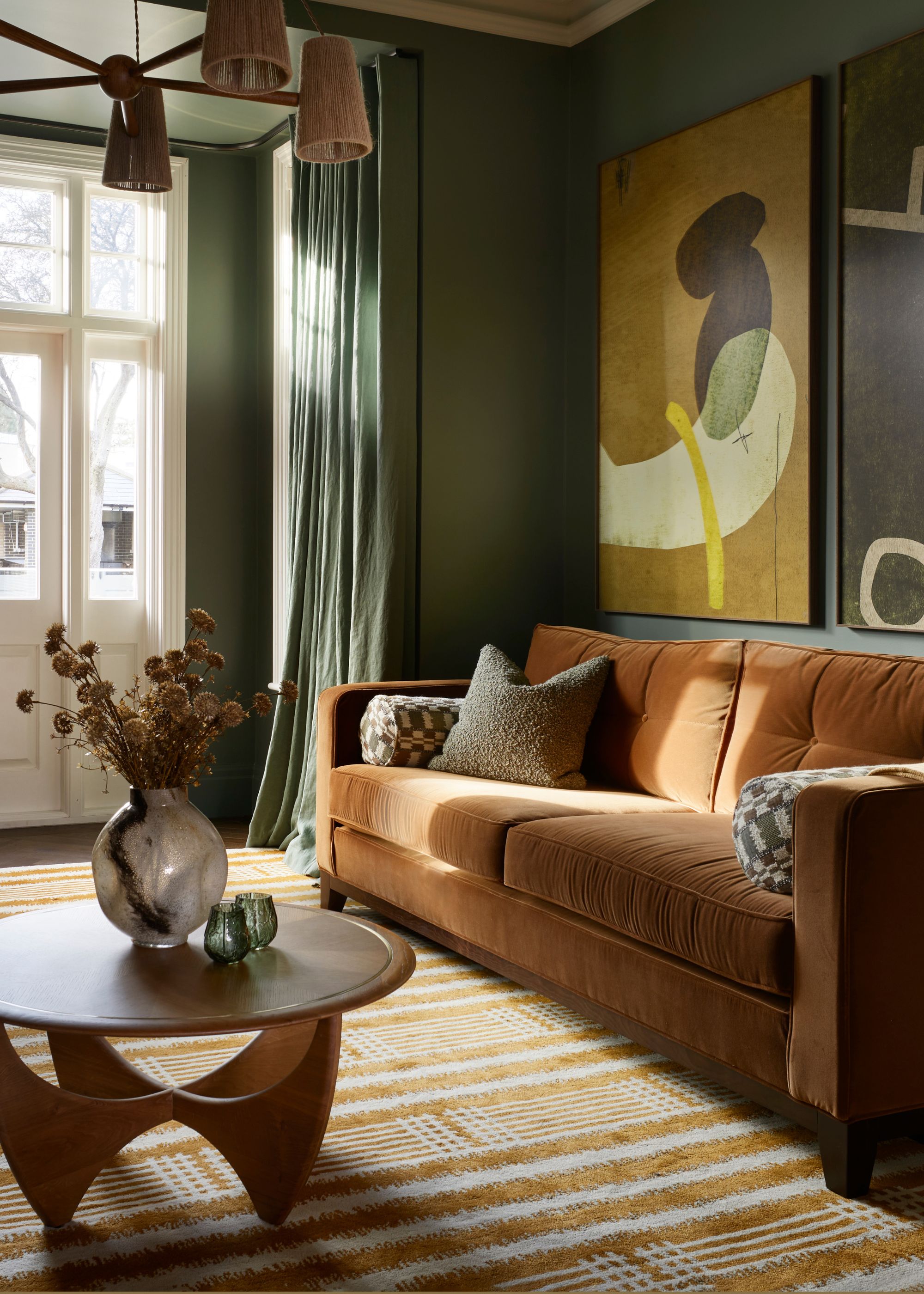
Although it can be tempting to stick to a palette of neutrals in light-limited rooms in an attempt to brighten them, a bolder color on the walls can add plenty of interest instead. When it comes to the best green paints favored by designers, earthy greens appear to be the go-to paint for dark rooms.
"When decorating a room that is not naturally well lit, I tend to lean towards shades of green, particularly the muted, earthy tones," explains London-based interior designer Jenny Luck, who used Farrow & Ball's Green Smoke in the living room above. "They react well when they’re in a darker space, which I find creates a great backdrop for a wide range of color options."
"Not only are the earthier green shades incredibly versatile, but greens are naturally inviting and always look comfortable in a darker setting," Jenny continues. "I particularly love Green Smoke as it’s a really dulled-out, pared-back green, meaning it’s not too saturated and is calming on the eye. It really works well in darker spaces with gentle, ambient lighting."
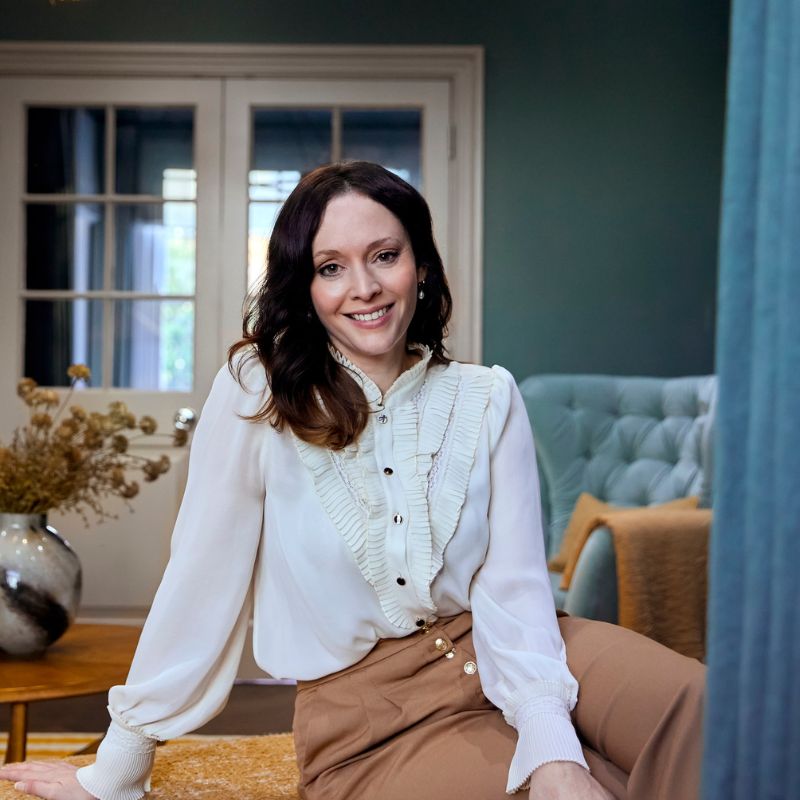
Jenny Luck is a London-based interior designer and the founder of Jenny Luck Interiors. While her interior design schemes radiate with color, character, and luxury, they always begin with her clients’ particular lifestyles, tastes, and aspirations. Whether it’s a full renovation of a house or restyling a series of individual rooms, her practice covers all the bases, from initial concept to every last touch that brings her spaces to life.
3. Rich Reds
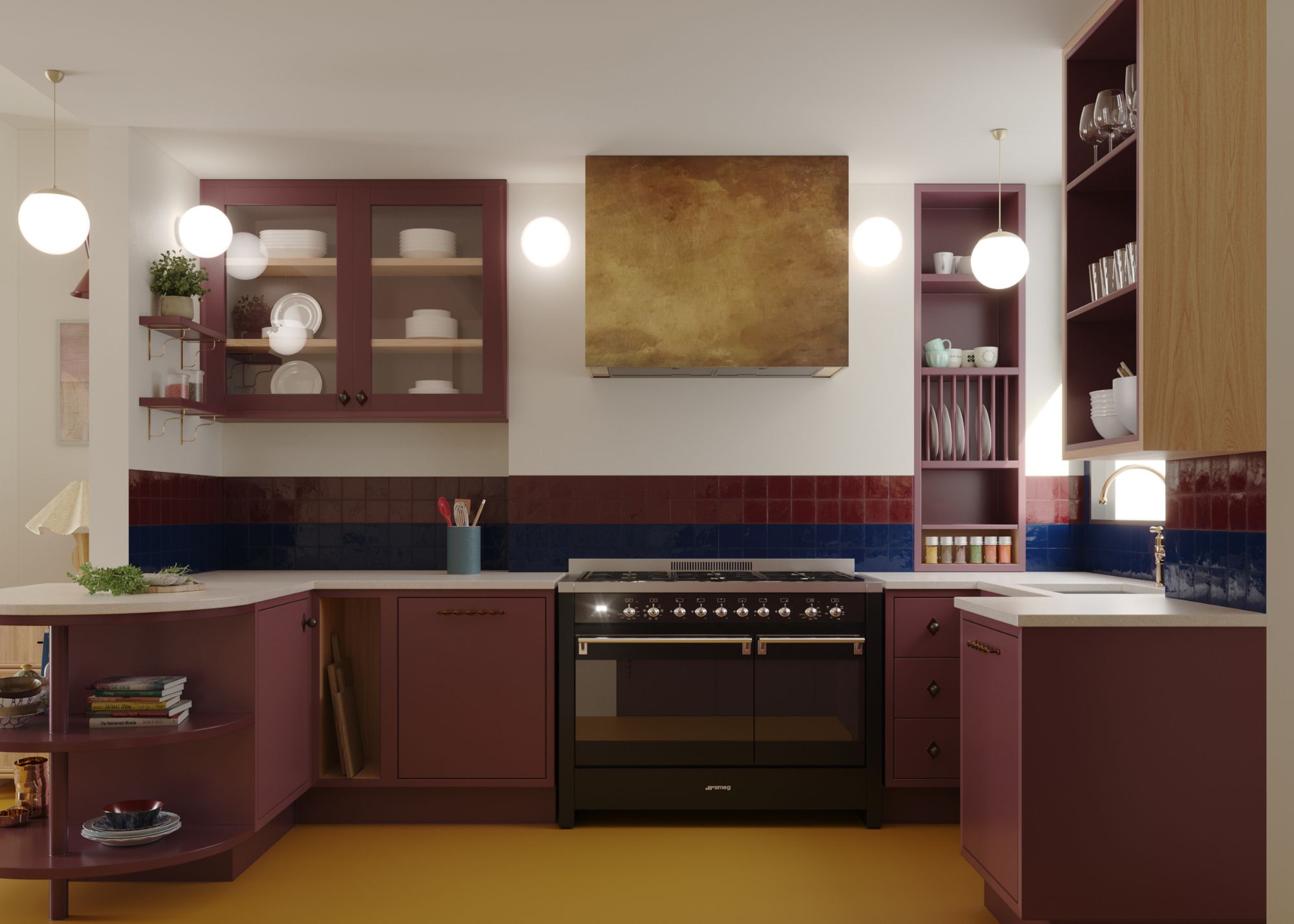
If you're not afraid of making a statement, why not go even bolder with your room color ideas? Decorating with red adds richness and warmth to dark rooms, so it's no surprise that it's another favorite among designers.
Interior designer Natasha Lyon, co-founder and creative director at Appreciation Project, chose to embrace bold color in this basement kitchen, using a rich red paint (Farrow & Ball's Brinjal) on the kitchen cabinets, teamed with white walls. "It certainly wasn’t the dark, gloomy kitchen it started as," she says.
If you're more drawn toward orange-toned reds, another one of Natasha's favorite paints for dark rooms is Farrow & Ball's Bamboozle. "It’s a harissa-spiced red that has a hint of orange and a wonderful glow," she says. "It makes the space really cozy and warm."
4. Warming Pinks
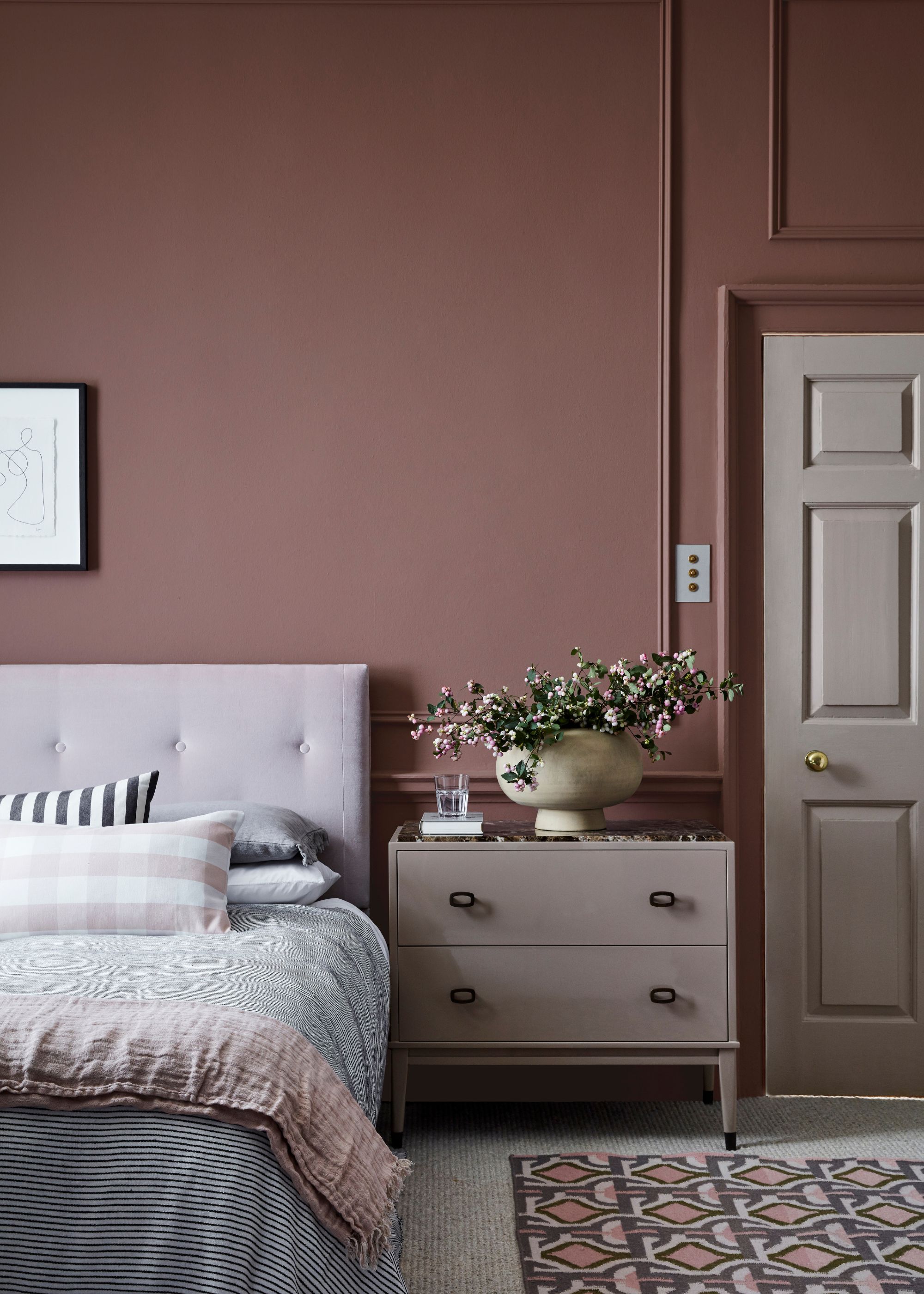
If you're looking for a paint for dark rooms that's not too bold, and yet offers more color than white, experts recommend trying pink. Dusty pinks bring warmth and can work almost as a neutral, perfect for adding coziness to rooms such as living rooms or bedrooms.
"In rooms that lack natural light, I'm drawn to colors that gently warm the space, rather than attempting to falsely brighten it," says interior designer Melissa Read of Studio Burntwood. "One of my go-to shades is Setting Plaster by Farrow & Ball, a dusty warm pink, that creates a comforting glow."
Tash Bradley, director of interior design at Lick, also recommends soft pink paints for dark rooms. "I love using Pink 02 and Pink 13 — these have a peachier base that feels really soft and inviting," she adds. "The gray light in a north-facing room actually works to your advantage here, as it softens those peachy tones and creates a warm, cozy atmosphere."

Melissa Read is the founder and creative director at Studio Burntwood, a London-based luxury interior design studio specializing in bespoke residential interiors. As a qualified interior designer and graduate of the prestigious KLC School of Design London, she brings both strategic insight and refined aesthetic sensibility to every project. At the heart of her approach is a belief that interiors should not only reflect individuality but also enhance the way her clients live, through considered, timeless design.
5. Dark Blues
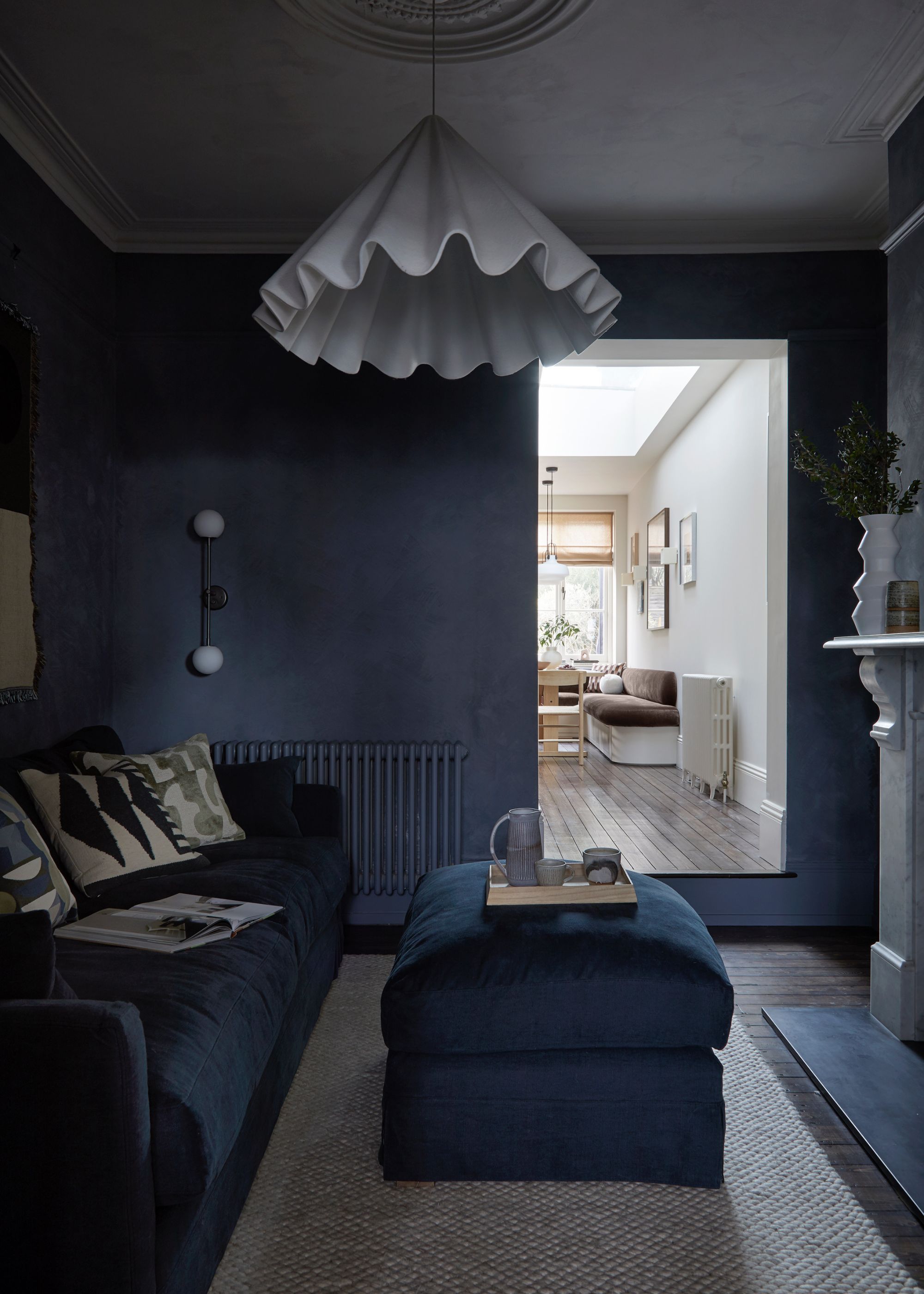
Decorating with blue is another stylish choice for dark rooms. For interior designer Andrew Griffiths, founder of A New Day Design, dark and moody shades of blue are favored, adding depth and coziness.
“I love using blue in rooms that don’t get much natural light, but it has to be the right shade of blue — deep and moody in tone," he explains. "This brings a sense of calm and depth to a space that artificial lighting alone can’t achieve. In dimmer spaces, deeper, saturated blues add a cozy, enveloping atmosphere without feeling heavy. It’s a versatile color that pairs really nicely with wood tones and works beautifully even in the shadows.”
Interior designer Leo Wood, founder of Kinder Design, also enjoys using blue paints in dark rooms, but favors those with warm undertones to ensure the space doesn't feel cold. "The important thing is not the hue but instead the background warmth of the color. I have successfully used warm blues in darker spaces," Leo adds, specifically pointing to Azurite by Edward Bulmer and Blue Blood by Paint & Paper Library as recent favorites. "What both these blues have in common is that they have a yellow base, meaning that they feel inviting and warm in these darker spaces."
6. Soft Neutrals
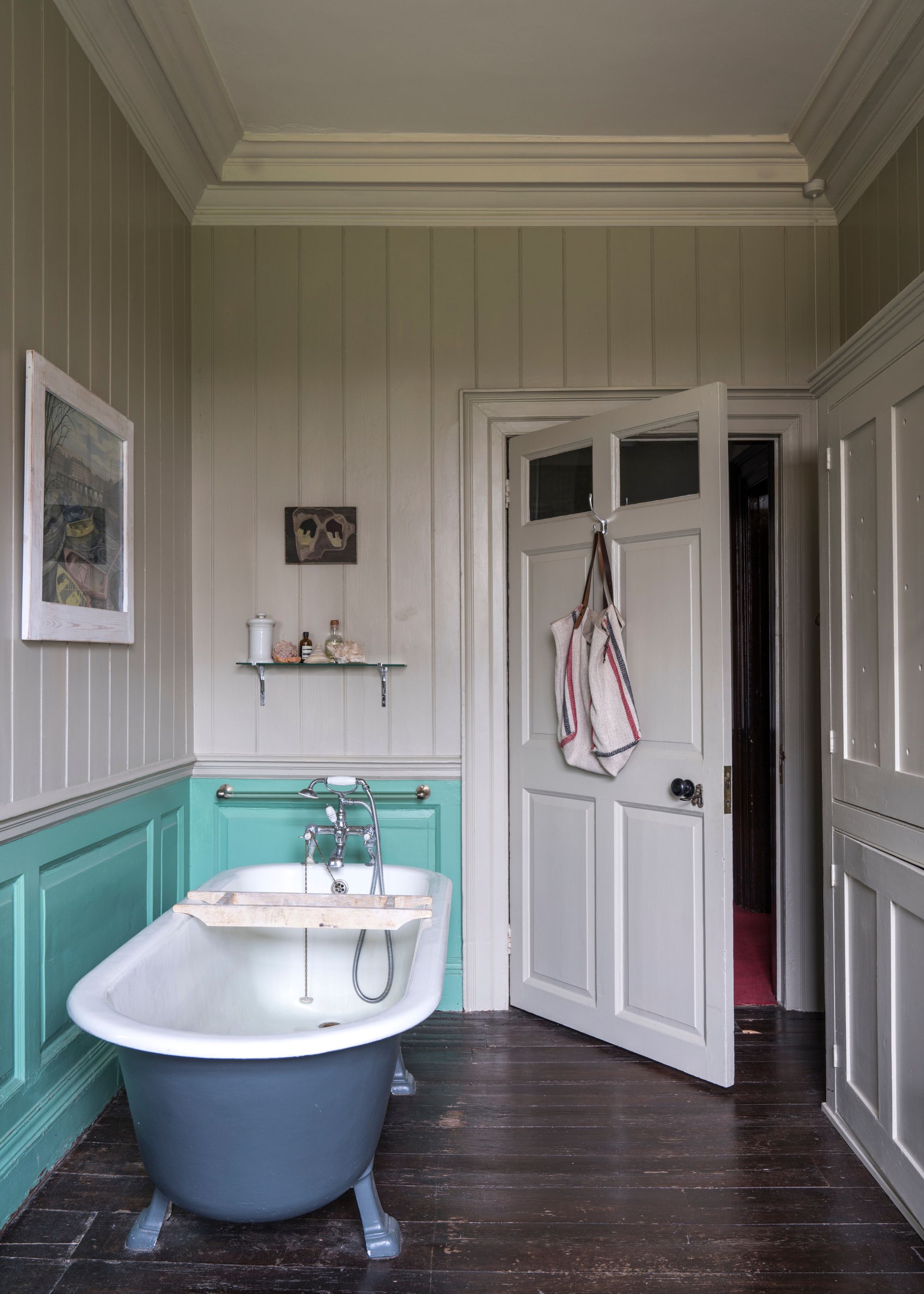
Similarly, decorating with neutrals such as taupe or beige works well in dark rooms, adding subtle warmth while maintaining a pared-back and timeless look. The key is to choose neutral paint colors with warm undertones rather than cool to ensure a cozy feel.
“In darker rooms with limited natural light, I gravitate towards soft, warm neutrals," says interior designer Laura Hammett, creative director at Laura Hammett. "These tones help to gently lift the space without creating stark contrast or feeling too cold. Colors like ivory, light taupe, and warm gray can bring a subtle luminosity to a room, creating a sense of calm and depth. They reflect ambient light beautifully, which is key in shadowy corners or north-facing rooms."
"Lighter warm neutrals, like Classic Gray OC-23, also work beautifully in more dimly lit rooms to provide an inviting, but adaptable backdrop," agrees Arianna Barone. "Lean into modern farmhouse or a more minimalist look, depending on your personal style and how you utilize the space."
FAQs
What is the best paint finish to reflect light?
Beyond your choice of color, paint finishes are another great way to enhance light in dark rooms, and experts say that those with a subtle sheen level work best.
“If your goal is to reflect light in a darker room, a subtle sheen like our water-based Matt Eggshell is a great choice," says Laura Hammett. "It offers a soft, refined finish that gently bounces light around without the harshness of a gloss."
Paula Taylor, stylist at Graham & Brown, adds: "Our Everyday Emulsion is the best paint finish to reflect light from walls or ceilings as it has a sheen level of about 8% with a slight lustre to it that reflects the light. If you’re wanting to paint wood, we would recommend either our Eggshell or Gloss paint, depending on how shiny you want your woodwork to be."
How important is a paint color's undertone in a dark room?
When choosing paint for dark rooms, the undertone can hugely impact how the space feels. "The low light in a dark room exaggerates undertones, and without strong natural light, subtle undertones (like blue, green, or pink) can become more noticeable or create unexpected shifts," explains Paula Taylor. "These shifts are called metamerism and can make a color really alter in different lighting conditions."
"Warm undertones (red, orange, and yellow) tend to make a dark room feel cozier and more inviting, whereas colors with cool undertones like blues and greens can make the room feel colder and more shadowy," adds Paula.
Laura Hammett agrees, adding that it's important to test shades before committing so you can see how the color looks throughout the day. "It’s not always immediately obvious on a paint card, which is why I always recommend trying a peel-and-stick sample on your wall and observing it throughout the day. Natural and artificial light can also dramatically change how a color feels, and in darker rooms, that sensitivity to undertone makes all the difference between a space that feels cozy versus one that feels gloomy," she adds.
You can use most colors in dark rooms, as long as you pay attention to their undertone to ensure the space feels warm and welcoming. But before choosing a shade, you should think about how you use the space — bright whites can work well in social spaces such as kitchens, whereas dark and moody shades are often more suited to rooms used for relaxing.
Once you've decided on your paint color, choosing lighting solutions for dark rooms is the next step in the decorating process to create an inviting space.

Emily is a freelance interior design writer based in Scotland. Prior to going freelance in the spring of 2025, Emily was Homes & Gardens’ paint and color editor, covering all things color across interiors and home decor for the Homes & Gardens website. Having gained specific expertise in this area, Emily is well-versed in writing about the latest color trends and is passionate about helping homeowners understand the importance of color psychology in home design. Her own interior design style reflects the simplicity of mid-century design and she loves sourcing vintage furniture finds for her tenement flat.

















